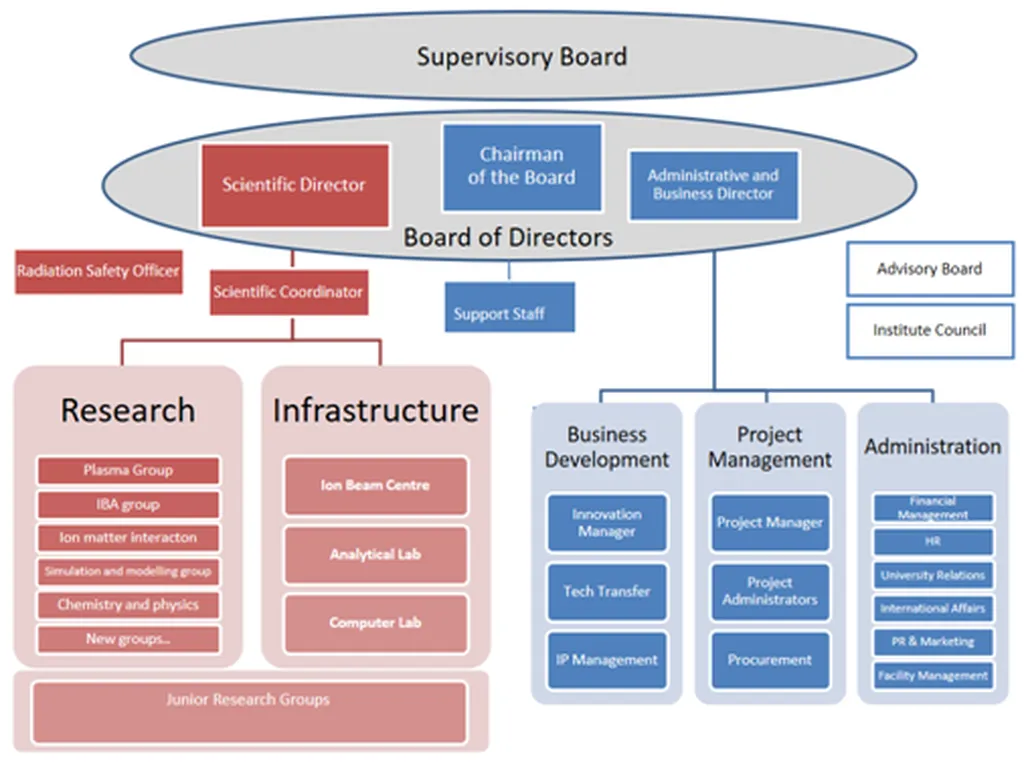In the ever-evolving landscape of materials science and engineering, a groundbreaking study has emerged that could revolutionize the way we design and analyze beams used in critical infrastructure, particularly in the energy sector. Justín Murín, a researcher at the Slovak University of Technology in Bratislava, has developed an innovative method for elastostatic analysis of tapered beams made of functionally-graded materials (FGMs). This research, published in Composites Part C: Open Access, translates to Composites Part C: Open Access in English, promises to enhance the efficiency and accuracy of structural analysis, potentially leading to significant advancements in various industries.
Functionally-graded materials are a class of composites in which the material properties vary continuously over the volume, rather than abruptly changing at an interface. This property makes them ideal for applications where thermal and mechanical stresses are significant, such as in aerospace, automotive, and energy sectors. However, analyzing the behavior of tapered FGM beams, which have varying cross-sectional dimensions and material properties, has been a complex challenge until now.
Murín’s method, which employs the Reference Beam Method (RBM) and a novel tapered FGM finite beam element, offers a more efficient and accurate approach to this problem. “The key innovation here is the ability to model the spatially varying stiffness of the beam, considering the continuous variability of both the cross-sectional dimension and the material properties in three orthogonal directions,” Murín explains. This means that engineers can now analyze the internal forces, moments, displacements, and stresses in these complex structures with unprecedented precision.
The implications of this research are far-reaching, particularly for the energy sector. For instance, in wind turbines, the blades are subjected to varying loads and stresses, and their design could greatly benefit from the use of tapered FGM beams. Similarly, in the construction of power plants and other energy infrastructure, where materials are exposed to extreme conditions, the ability to accurately predict and analyze stresses and deformations is crucial.
Moreover, the method’s efficiency is a significant advantage. “With our approach, FGM beams of variable stiffness can be modeled using only one finite element,” Murín notes. This drastically reduces the computational effort compared to traditional methods, making it a practical tool for real-world applications.
The study’s findings were verified using three-dimensional continuum mechanics and very fine discretizations with solid finite elements, confirming the method’s accuracy. This validation step is crucial, as it ensures that the proposed algorithm can be reliably applied in engineering practice.
As we look to the future, Murín’s research opens up new possibilities for the design and analysis of structures in various industries. The ability to accurately model and analyze tapered FGM beams could lead to the development of more efficient, durable, and cost-effective structures. Furthermore, as the demand for sustainable and high-performance materials continues to grow, the insights gained from this study could pave the way for innovative solutions in the energy sector and beyond.
In an era where precision and efficiency are paramount, Murín’s work stands as a testament to the power of innovative thinking in driving technological progress. As we continue to push the boundaries of what’s possible, this research serves as a reminder that the future of engineering lies in our ability to adapt, innovate, and overcome the challenges that lie ahead.

